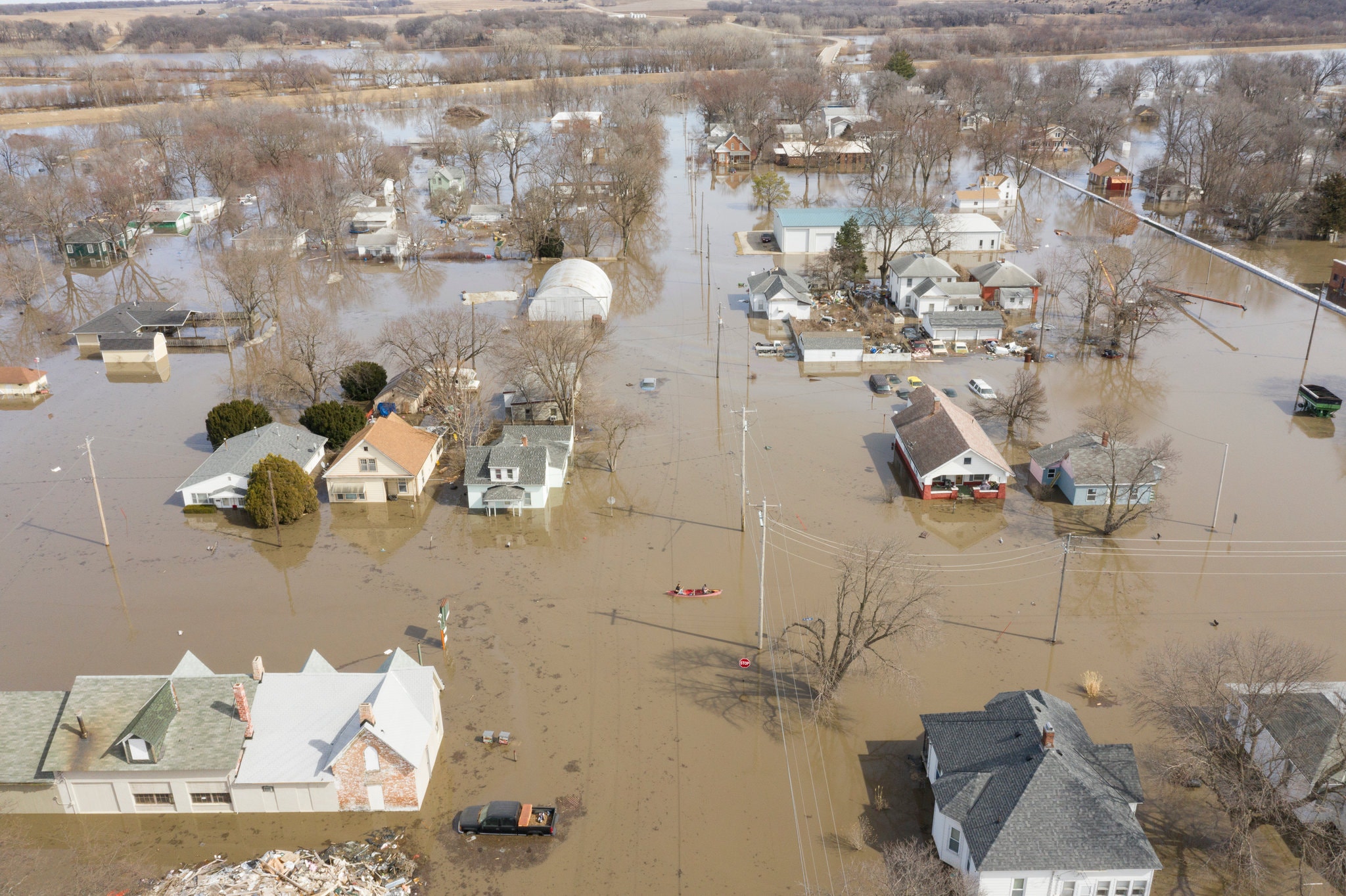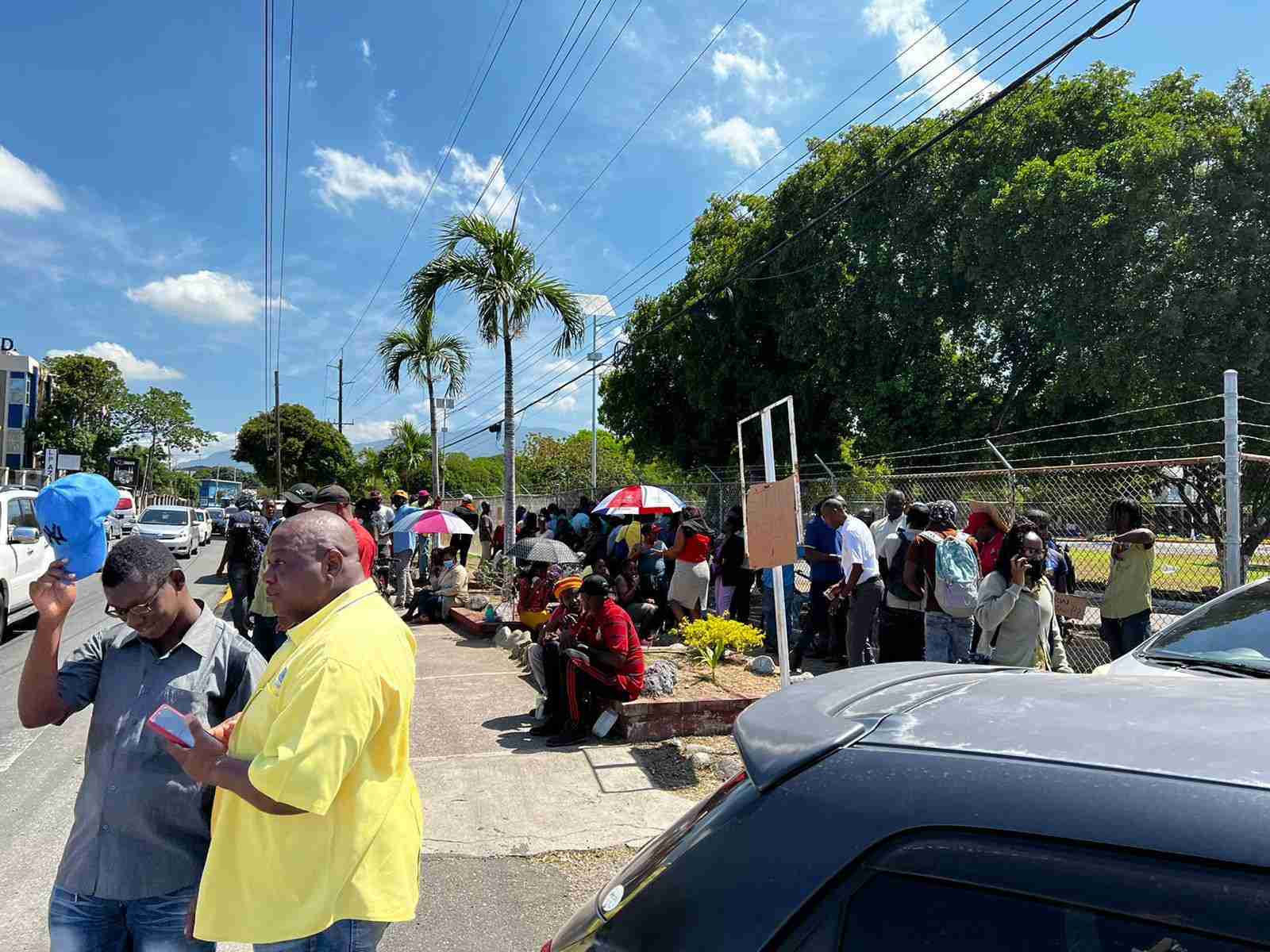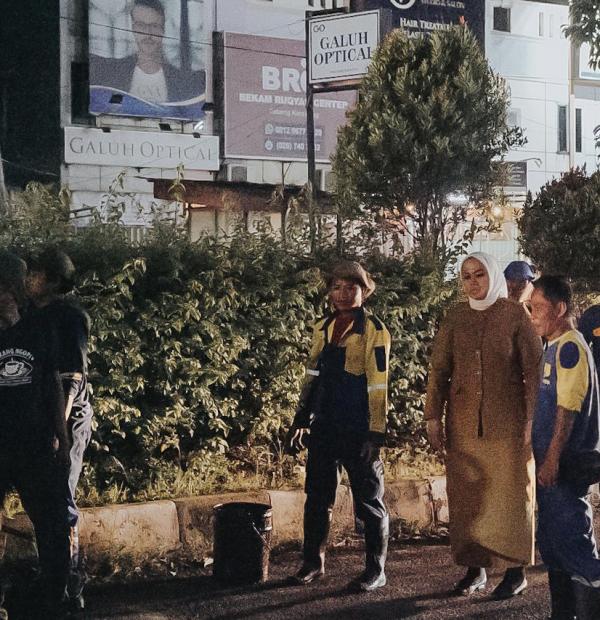Cities Under Siege: The Devastating Effects Of Dangerous Climate Whiplash

Table of Contents
Increased Frequency and Intensity of Extreme Weather Events
Climate whiplash manifests as a dramatic increase in the frequency and intensity of extreme weather events. This section will explore three key examples: heatwaves, flash floods, and severe storms.
Heatwaves and their Urban Impact
The urban heat island effect, where cities are significantly hotter than surrounding areas, exacerbates the impact of heatwaves. This leads to increased mortality rates, particularly among vulnerable populations like the elderly and those with pre-existing health conditions.
- Examples of cities severely affected by heatwaves: Phoenix, Arizona; Athens, Greece; Karachi, Pakistan.
- Specific health impacts: Heatstroke, dehydration, respiratory illnesses, cardiovascular problems.
- Economic costs associated with heatwave damage: Increased healthcare costs, lost productivity, damage to infrastructure.
Flash Floods and Coastal Inundation
Climate whiplash intensifies rainfall, leading to devastating flash floods, especially in urban areas with inadequate drainage systems. Simultaneously, rising sea levels due to climate change increase the risk of coastal inundation, threatening low-lying coastal cities.
- Examples of cities vulnerable to flash floods and coastal inundation: New Orleans, Louisiana; Venice, Italy; Dhaka, Bangladesh.
- Infrastructure vulnerabilities: Overburdened drainage systems, aging seawalls, inadequate flood defenses.
- Displacement and migration due to flooding: Loss of homes and livelihoods forces people to relocate, creating strain on resources in other areas.
Severe Storms and Wind Events
More intense storms and wind events, a hallmark of climate whiplash, cause widespread damage to buildings, power grids, and transportation systems. The resulting power outages can disrupt essential services and leave communities isolated.
- Examples of cities impacted by severe storms: Miami, Florida; Tokyo, Japan; London, England.
- Economic and social disruption caused by power outages: Loss of productivity, food spoilage, disruption of healthcare services.
- The role of aging infrastructure in exacerbating damage: Outdated infrastructure is less resilient to extreme weather events, increasing the scale of damage.
Strained Infrastructure and Public Services
Repeated extreme weather events place immense strain on urban infrastructure and public services. This section will examine the challenges faced by emergency services and the damage to critical infrastructure.
Overburdened Emergency Services
During climate whiplash events, emergency services face overwhelming demand, often with limited resources. This can lead to delayed response times and a compromised ability to effectively assist those in need.
- Examples of strained emergency response systems: Overwhelmed hospitals during heatwaves, rescue teams struggling to cope with widespread flooding.
- The need for improved disaster preparedness: Investing in early warning systems, enhancing emergency response training, and improving resource allocation.
- The role of early warning systems: Providing timely alerts allows for proactive evacuations and reduces the impact of extreme weather events.
Damage to Critical Infrastructure
The cumulative effects of repeated extreme weather events cause significant long-term damage to critical infrastructure, including roads, bridges, power grids, and water systems. Repairing and replacing this damaged infrastructure is expensive and time-consuming.
- The economic costs of repairing and replacing damaged infrastructure: Billions of dollars are needed to rebuild and reinforce infrastructure to withstand future extreme weather events.
- The need for climate-resilient infrastructure: Designing and building infrastructure that can withstand the impacts of climate change is crucial.
- Challenges in funding infrastructure upgrades: Securing funding for large-scale infrastructure projects requires significant investment and political will.
Social and Economic Consequences of Climate Whiplash
Climate whiplash has profound social and economic consequences, disproportionately affecting vulnerable populations and exacerbating existing inequalities.
Displacement and Migration
Climate-related disasters force people to leave their homes, leading to displacement and migration. Receiving cities and communities often struggle to accommodate these new arrivals.
- Examples of climate-related migration: People displaced by floods in Bangladesh, those migrating from drought-stricken areas in Africa.
- Social and economic implications for both migrants and host communities: Strain on resources, increased competition for jobs and housing, potential social tensions.
- The need for effective migration policies: Developing policies that support both migrants and host communities is essential for managing climate-related migration.
Increased Inequality and Vulnerability
Climate whiplash exacerbates existing social and economic inequalities. Low-income communities and marginalized groups are often the most vulnerable to its impacts.
- The impact on low-income communities: Limited resources to cope with extreme weather events, increased exposure to environmental hazards.
- The role of social determinants of health: Factors like poverty, access to healthcare, and housing quality influence vulnerability to climate whiplash.
- Strategies for building resilience in vulnerable communities: Investing in affordable housing, improving access to healthcare, and providing financial assistance.
Conclusion
Climate whiplash poses a significant and growing threat to cities worldwide. The increased frequency and intensity of extreme weather events strain infrastructure, overwhelm public services, and exacerbate social and economic inequalities. Understanding the devastating effects of climate whiplash is crucial. We must act now to build more resilient cities and mitigate the impacts of dangerous climate whiplash. Learn more and get involved today!

Featured Posts
-
 Via Rail Workers Authorize Strike Service Disruptions Possible Starting June 22
May 28, 2025
Via Rail Workers Authorize Strike Service Disruptions Possible Starting June 22
May 28, 2025 -
 Nl West Power Rankings Giants On Top After Suarezs Impressive Performance Rockies At The Bottom
May 28, 2025
Nl West Power Rankings Giants On Top After Suarezs Impressive Performance Rockies At The Bottom
May 28, 2025 -
 Sled Teylr Suift Khyu Dzhakman V Skandala Mezhdu Bleyk Layvli I Dzhstin Baldoni
May 28, 2025
Sled Teylr Suift Khyu Dzhakman V Skandala Mezhdu Bleyk Layvli I Dzhstin Baldoni
May 28, 2025 -
 Jalan Raya Bali Rusak Kritik Surya Paloh Soal Infrastruktur
May 28, 2025
Jalan Raya Bali Rusak Kritik Surya Paloh Soal Infrastruktur
May 28, 2025 -
 Pirati A Zeleni Vytvori Pred Volbami Koalici
May 28, 2025
Pirati A Zeleni Vytvori Pred Volbami Koalici
May 28, 2025
